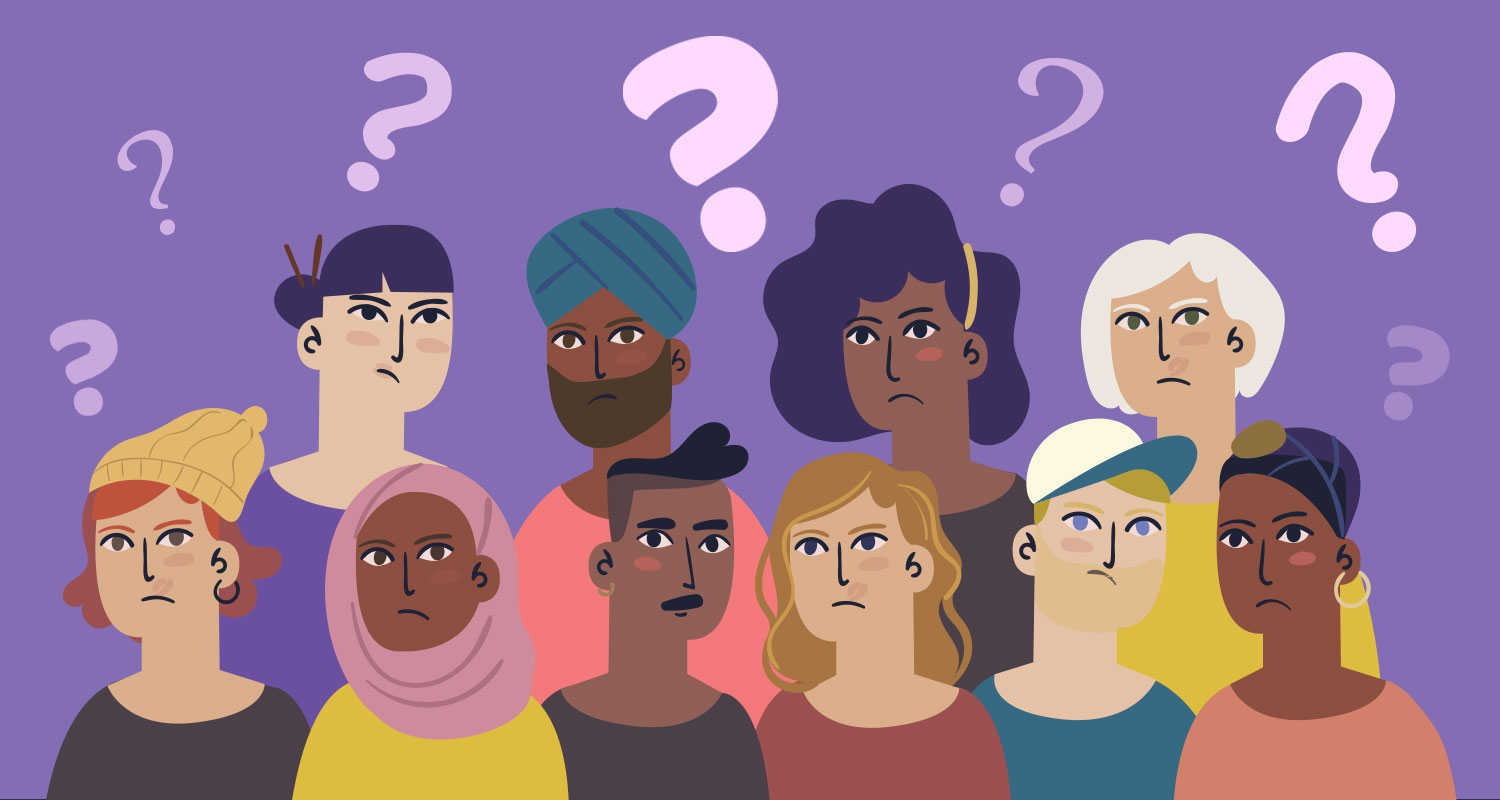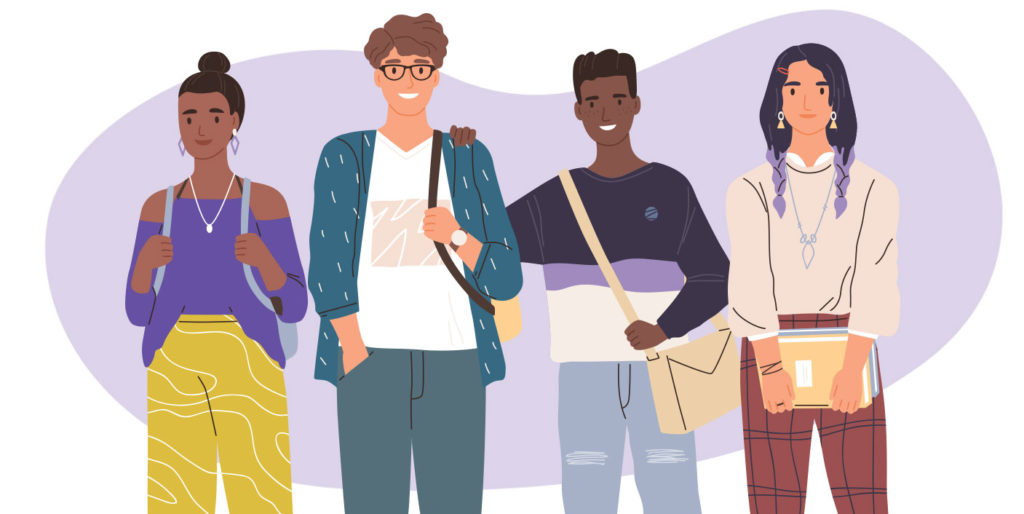
Meet two Australians. One is the child of migrants from Italy, and speaks Italian at home and English in her well-paying corporate job. One is a blue-collar worker who arrived in Australia as a refugee from Myanmar; despite living here with his family for many years he still faces challenges with written and spoken English.
Two Australians, two very different life experiences in terms of their access to economic opportunities and public services. But in the eyes of many government agencies, they’re the same in one important respect: they’re “Culturally and Linguistically Diverse”, or CALD.
Since Australia’s official embrace of multiculturalism, governments and community organisations have recognised that in a diverse society there are barriers to some communities’ and individuals’ access to services, and to their participation in policymaking.
Attempts to address these barriers necessarily involve identifying and labelling those parts of the community thought to have special cultural characteristics and cultural needs. Through the years, we’ve seen a cycle of acronyms to refer to them. One was Non-English Speaking Background (NESB), which became a proxy indicator for what were once known as “ethnic” communities. By the 1990s NESB came to be seen as simplistic, anachronistic and potentially condescending, and in most contexts has been replaced by the CALD designation.
Definitions of CALD aren’t set in stone, but in practice usually follow the guidance of the Australian Bureau of Statistics (ABS): if you’re born overseas, and you speak a language other than English at home or aren’t proficient in English, then you’re culturally and linguistically diverse. (Note that Aboriginal and Torres Strait Islander Australians are typically excluded from both the NESB and CALD categories.)
Nobody doubts that it’s good to have data on the ethnolinguistic makeup of Australian society: if you’re not being counted, you’re invisible, and visibility and representation matter to all of us. To be sure, the longstanding efforts to map the representation of CALD Australians within public sector agencies and their client bases speaks to a laudable concern on the part of governments with ensuring equitable access to services.
But I count myself among a growing number of experts and practitioners in the diversity and inclusion space who are convinced that the term CALD has had its day. Moreover, I’d argue that the very use of the term reflects some truly outdated thinking about the nature of Australian multiculturalism.

New language, old thinking?
The problem is that a concept like CALD is too broad and too narrow at the same time.
Let me explain what I mean. CALD is too broad a concept in the sense that, as my Diversity Atlas colleague Nivy Balachandran wrote here, it unduly “collapses the nuances of…cultural identifications into one blunt category”. Describing somebody as being of “CALD background” tells us little about their liability to experience culturally-based exclusion. (Think of the example of the two Australians, of “CALD” background that I offered above.)
Likewise, it tells us nothing about the effects of intersectionality on them—how their membership of an ethnic or linguistic minority interacts with their gender, sexual orientation or socioeconomic status to put them at added risk of marginalisation. In short: it doesn’t do a very good job of unearthing where the potential for culturally-rooted exclusion might lie—a primary goal of collecting data on people’s cultural backgrounds in the first place.
That much seems obvious. But I think a bigger problem with CALD is that it’s also too narrow. Who is typically excluded from the definitions of CALD? Think back to the guidance offered by the ABS, which is put into practice by public sector institutions across the country: it’s an amalgam of place of birth, ancestry and English-language proficiency. In other words, if you’re a locally-born, English-speaking Anglo-Celtic Australian, or an Aboriginal or Torres Strait Islander Australian, then apparently you can’t be “culturally and linguistically diverse”.
On this front, CALD sends the wrong message to both to those included and excluded by it. To Anglos, it elevates their culture as the national default, while simultaneously dismissing it as not being part of “cultural diversity”. To non-Anglos it says that they’re “diverse” because they deviate from that supposed default.
This dichotomy, which is implicitly invoked by the CALD concept, represents a serious defect in how we still sometimes talk and think about both culture and multiculturalism in this country, decades after the idea of Australia as an Anglo-Celtic monoculture fell out of fashion. (And this is before we even get to the problematic idea that Indigenous Australians are somehow even more separate still from the default, counted out as they are in the usual rubric of CALD.)
A language based on needs, not identity
What the government and community sector finds itself in search of, then, is a way of talking about cultural difference and culturally-based exclusion in terms that affirm the importance of all of the cultural traditions present in Australian society—and which don’t reinforce outdated binaries, nor ascribe to individuals and communities a label of identity which may not be meaningful to them or reflect how they see their place within Australian society.
I wouldn’t at this stage make any hard and fast declarations about what term or set of terms—if any—should replace CALD. But I think we can lay down some intellectual guide rails for how the government and community sector might craft a better language of cultural diversity.
Fundamentally, we need to reframe our rhetoric away from the idea of labelling individuals and communities with terms like “multicultural”, “diverse”, or “minority”. Instead, we need a new terminology that puts the emphasis on people’s needs, not their identity—because it’s those needs that are relevant when it comes to policymaking and service delivery.
Over the coming weeks I’ll be contributing more thoughts about what terms we might embrace to make sure that we’re using language that doesn’t unnecessarily evoke an “us-and-them” divide, nor obscure the specific needs of different cultural communities—because like it or not, the way we talk about diversity both reflects and shapes the way we think about diversity.
Read ‘Beyond CALD (Part 2): What Lies Behind the Labels’ here.
Read ‘Beyond CALD (Part 3): Using Technology to Free Us from Labels and Focus on Needs’ here.
Diversity Atlas is a data analysis tool for measuring diversity in your workforce. It’s designed to inform diversity management strategies for businesses and organisations to thrive in a globalised world. Get in touch for a consultation via [email protected]
Share this Post